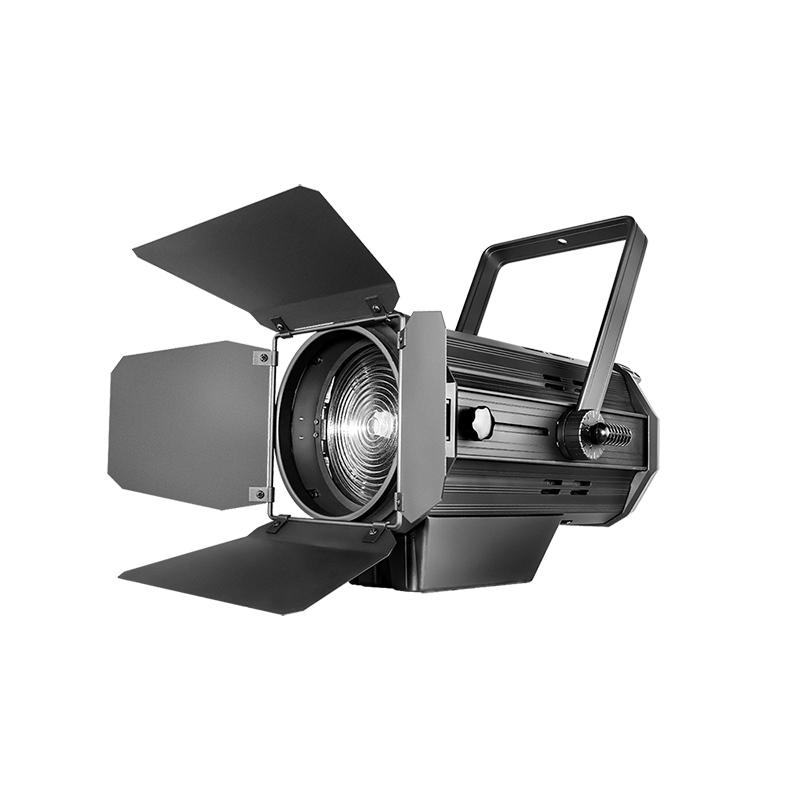What Factors Should You Consider When Choosing Studio Lights?
Studio lights are essential tools for photographers, videographers, and content creators, providing the necessary illumination to achieve professional-looking results. However, with a wide range of studio lights available on the market, choosing the right ones can be overwhelming. Factors such as light type, color temperature, power output, and budget all play a role in determining which studio lights are best for your needs. In this article, we will discuss the key factors to consider when choosing the best LED studio lights.
1. Light Type
There are several types of studio lights available, each with its own characteristics and uses. The most common types include:
Continuous Lights: These lights provide a constant source of illumination, making them ideal for video recording and photography where real-time adjustments are necessary.
Strobe Lights: Also known as flash lights, strobe lights produce short bursts of intense light, making them suitable for freezing motion and capturing fast-paced action.
LED Lights: LED lights are energy-efficient and produce little heat, making them a popular choice for studio lighting. They are available in various sizes and configurations, from small panel lights to large studio panels.
Fluorescent Lights: Fluorescent lights are known for their soft, diffused light and are often used for portrait photography and video recording.
The type of light you choose will depend on your specific needs and preferences. For example, if you primarily shoot video, you may prefer continuous lights for their ease of use and consistent lighting. On the other hand, if you shoot still photography, strobe lights may be more suitable for their ability to freeze motion.
2. Color Temperature
Color temperature refers to the warmth or coolness of a light source and is measured in Kelvin (K). Different light sources have different color temperatures, with daylight being around 5500K and tungsten lights around 3200K. When choosing studio lights, it's essential to consider the color temperature that best suits your needs.
Daylight-Balanced Lights: These lights closely mimic natural daylight and are ideal for outdoor shoots or when you want a more neutral color temperature.
Tungsten Lights: Tungsten lights have a warmer color temperature, making them suitable for creating a cozy or intimate atmosphere.
Bi-Color Lights: Bi-color lights allow you to adjust the color temperature to match your shooting environment, offering greater flexibility and control over your lighting setup.
3. Power Output
The power output of a studio light is measured in watts or watt-seconds (Ws) for strobe lights. The higher the wattage, the more powerful the light output. When choosing studio lights, consider the size of your shooting space and the distance from the subject. Larger spaces may require more powerful lights to achieve the desired lighting effect, while smaller spaces may be adequately illuminated with lower-powered lights.
4. Light Modifiers
Light modifiers are accessories that can be used to shape, soften, or control the direction of light. Some common light modifiers include:
Softboxes: Softboxes are used to create soft, diffused light that minimizes harsh shadows and highlights.
Umbrellas: Umbrellas are versatile light modifiers that can be used to bounce or shoot-through light, depending on the desired effect.
Reflectors: Reflectors are used to bounce light back onto the subject, filling in shadows and adding a natural-looking fill light.
When choosing studio lights, consider the availability and compatibility of light modifiers, as they can greatly enhance the versatility and effectiveness of your lighting setup.
5. Budget
Budget is always a consideration when purchasing studio lights, as prices can vary widely depending on the type and quality of the lights. Consider your budget and prioritize the features that are most important to you. It's often better to invest in high-quality lights that will last for years rather than settling for cheaper options that may not perform as well or have a shorter lifespan.
Conclusion
Choosing the right studio lights is essential for achieving professional-looking results in your photography, videography, or content creation. By considering factors such as light type, color temperature, power output, light modifiers, and budget, you can select studio lights that meet your specific needs and help you create stunning visual content. Take the time to research and compare different options to find the perfect studio lights for your next project.
